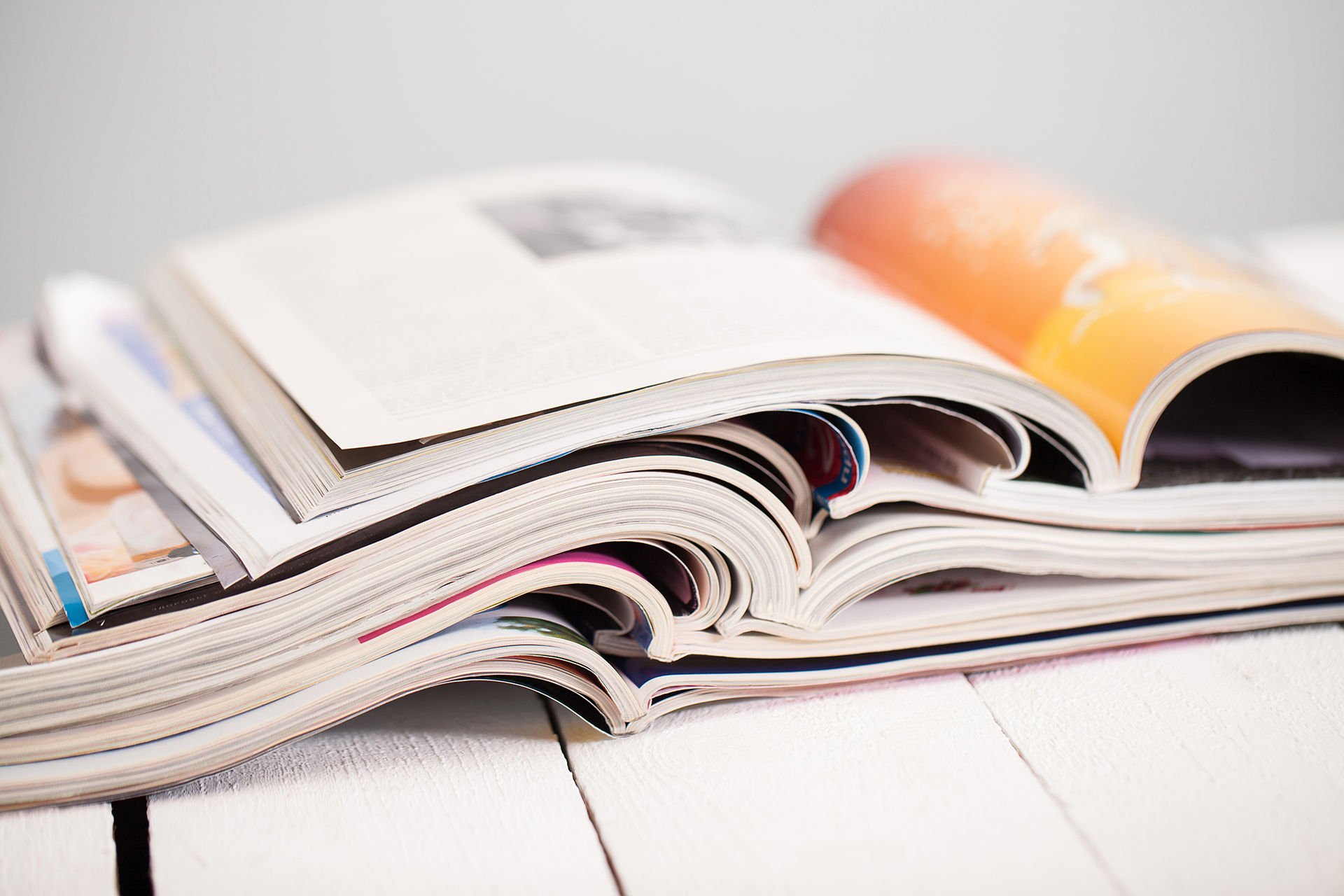
MEDCI

READING

Story Bags
Who?
-
Story Bags can be utilized at all grade levels.
-
However, READ: Seventy Strategies to Support Reading Success suggested using the strategy in PreK-8.
-
This strategy can be utilized one-on-one or with small groups.
What?
-
The story bag strategy requires students to analyze a text they have read and then identify artifacts that represent the character(s), setting, theme, or events.
-
It is a form of story mapping, in which students identify graphic, pictorial, and/or symnolic representations of a story. Identifying the main ideas of the text and then integrating these ideas into a coherent whole helps students write a summary about the story bag.
-
Teachers can require students to include from five to ten artifacts, which can range from actual items to drawn pictures, to pictures the students tale,. to pictures they find on the web, or to pictures they cut out of other resources.
-
Students can create the artifacts using a combination of objects, and they can use objects from the world around them.
Why?
-
The story bag strategy requires students to think critically as they determine what artifacts will best represent a story.
-
This strategy pushes students to analyze a text in order to come up with an appropriate artifact.
-
It also provides an opportunity for writing as students explain the connection of the artifact to the story.
When?
-
Story bag activities should be utilized during and after reading.
How?
-
Prior to having students read a story, discuss with them that they will be asked to create a story bag after they finish reading the story. Tell them to think about what they could include in their story bag as they are reading the story. As an example, select a common fairy tale, and talk with the students about the types of artifacts they could include to represent that story. Students can work with their whole group to create the story bag, or they can work independently.
-
Provide students with a sheet of paper on which to record possible artifacts, along with a space where they can write a short note to remind themselves of why it would be a good artifact to include.
-
After they have finished reading, ask students to select at least five artifacts to represent the story. They should include a written justification for each artifact, identifying the artifact and explaining in detail how the artifact is connected to the book. The written justification can be written on a note card and attached to the artifact, or students can include all the justifications on a one-page written narrative.
-
Ask students to decorate the front of the story bag with the title of the book, the author's name, and an illustration that represents the story.
-
Have students present their story bags to the rest of the class. They should show each artifact and clearly explain how the artifact is connected to the story.